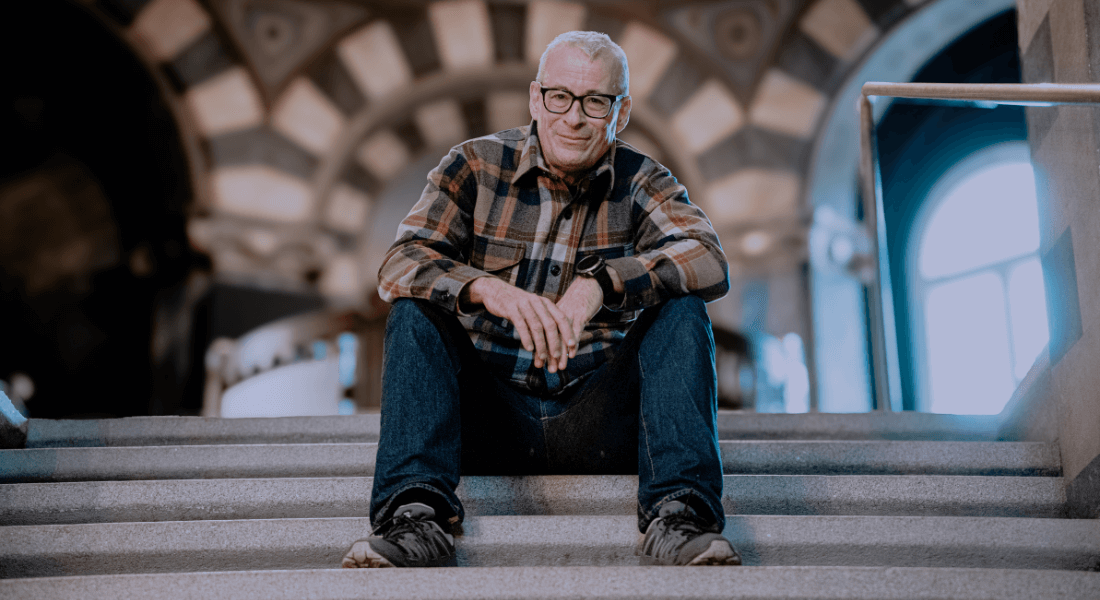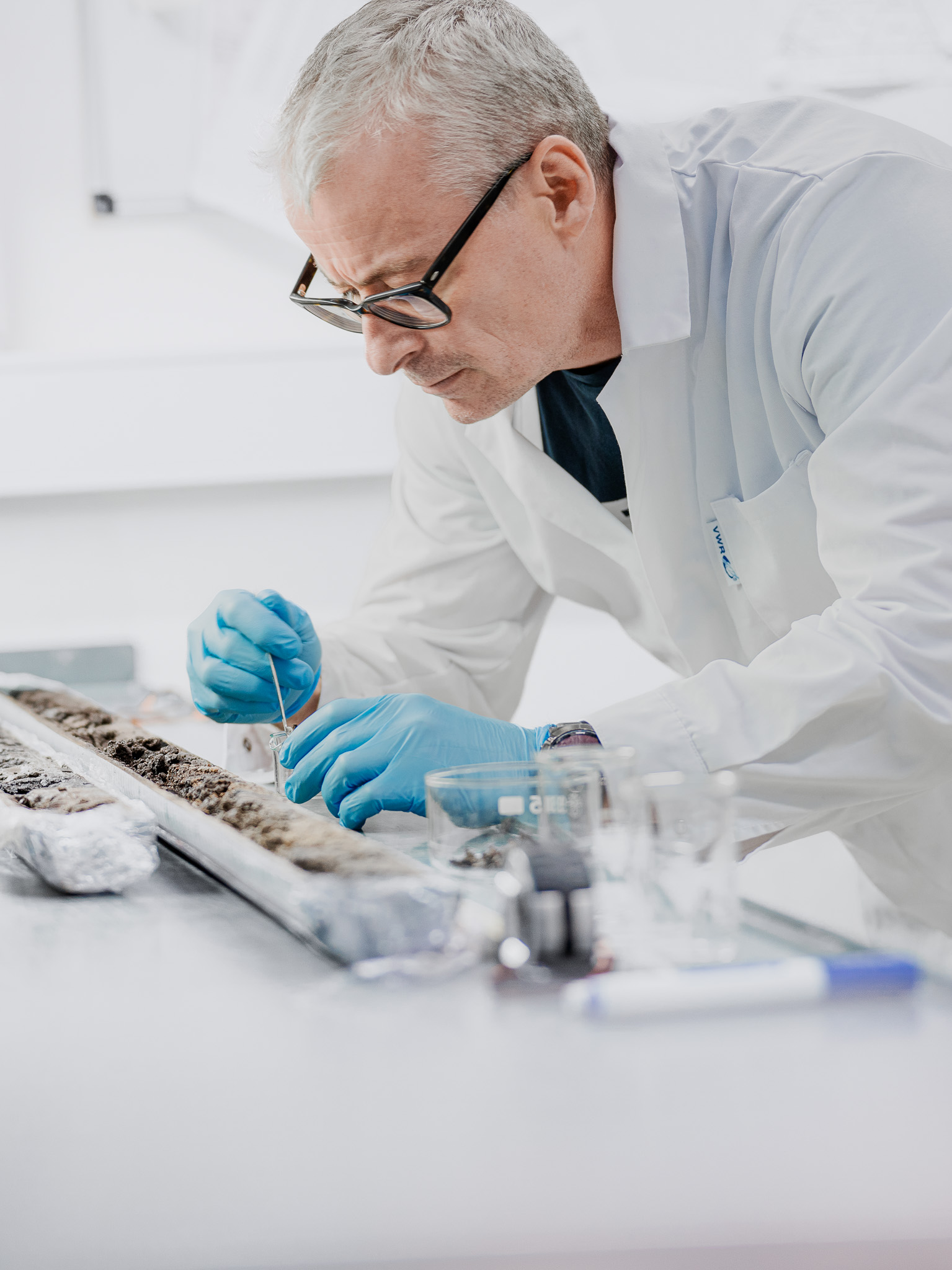Eske Willerslev found the past in two grams of soil. His finding gives us a window into the future
As a student, Professor Eske Willerslev had an idea: He wanted to extract DNA directly from the soil. This has led to major scientific breakthroughs and an entire new research field, eDNA, for which he now receives one of the country’s most prestigious scientific awards, the Villum Kann Rasmussen Annual Award.

One afternoon, a young Eske Willerslev looked out the window. He was doing his master’s thesis, and he and fellow student Anders Hansen had been unable to get a hold of any rare, valuable old bones and now had to find other material for the DNA analyses they wanted to do as part of their project.
And fortunately for us. Because if he hadn’t been looking out the window, Eske probably would not have noticed a woman who was walking her dog and failed to pick up the dog poo.
“There is DNA in everything. Dead leaves, dog poo, the soil. So I asked myself: What happens to the DNA? Is there a chance that it remains in the soil?” says Eske Willerslev, now a professor at the Globe Institute at the University of Copenhagen.
At the time, the idea was revolutionary, but Eske Willerslev kept at it and eventually discovered that both present-day and ancient plant and animal DNA can in fact be extracted directly from the soil. This led to one of his major scientific breakthroughs as well as the establishment of an entire new research field – environmental DNA or eDNA.
“Today, eDNA is an acknowledged research field, and therefore, data is cheaper and easier to collect and more sensitive and far more standardised. This means that the data is comparable, and this helps us monitor the Earth’s biodiversity,” he says.
DNA from an entire ecosystem
Using no more than a couple of grams of soil or a small water sample, the method enables researchers to extract present-day as well as ancient DNA from an entire ecosystem – that is, anything from bacteria and fungi to animals and plants – without having access to visible remains of e.g. the animals and plants.

“You cannot see the animal, but like any other living organism it has left behind genetic material in its surroundings. This means that we can extract its DNA without having to find a particular frog,” Eske Willerslev explains.
The DNA can tell us where specific plants or animals once lived and provides insights into the composition of ancient ecosystems.
“Based on ancient eDNA, we can determine that ancient ecosystems were significantly different. While this makes it harder to predict what future ecosystems will look like, it does give us valuable knowledge about how species have adapted. We can use this knowledge to address challenges caused by climate change. With eDNA, we believe we can address two of the greatest problems the world faces due to climate change: food security and biodiversity preservation.”
Discovering eDNA, this major scientific breakthrough leading to a new research field, is the reason why Eske Willerslev is awarded the prestigious Villum Kann Rasmussen Annual Award from the Villum Foundation. The DKK-5 million grant is given to researchers who have made a particularly valuable contribution to the technical and natural sciences.
“I am thrilled to receive the Annual Award. I have received international awards before, but this recognition from fellow Danes is special. It is a very prestigious award, which I am extremely proud to receive,” Eske Willerslev says and adds:
“This is not all my doing. The award goes to everyone I work together with on eDNA. Science is a team effort.”
There is DNA in everything. Dead leaves, dog poo, the soil. So I asked myself: What happens to the DNA? Is there a chance that it remains in the soil?
The majority of the award money must be used for scientific purposes, but the award does not specify a field or project. And that is why awards like the Villum Kann Rasmussen Annual Award are so desirable, Eske Willerslev explains:
“The money isn’t tied up in a specific project, and the award thus represents a unique opportunity to pursue a new idea – to venture into unexplored territory – and that is exactly how I intend to spend it.”
DKK 500.000 of the prize is considered a personal award, which Eske Willerslev intends to spend on something other than research. Well, not quite.
“I have bought 34 hectares and a house in Sweden, and I will probably spend some of the money on the property,” he says and adds:
“I may just extract some DNA from the soil up there.”
Read more about the price and Eske Willerslev on the Villum Foundation's website here.
Contact
Professor Eske Willerslev
ewillerslev@sund.ku.dk
Communications Consultant Sascha Kael Rasmussen
sascha.kael.rasmussen@sund.ku.dk
+45 93 56 51 68
